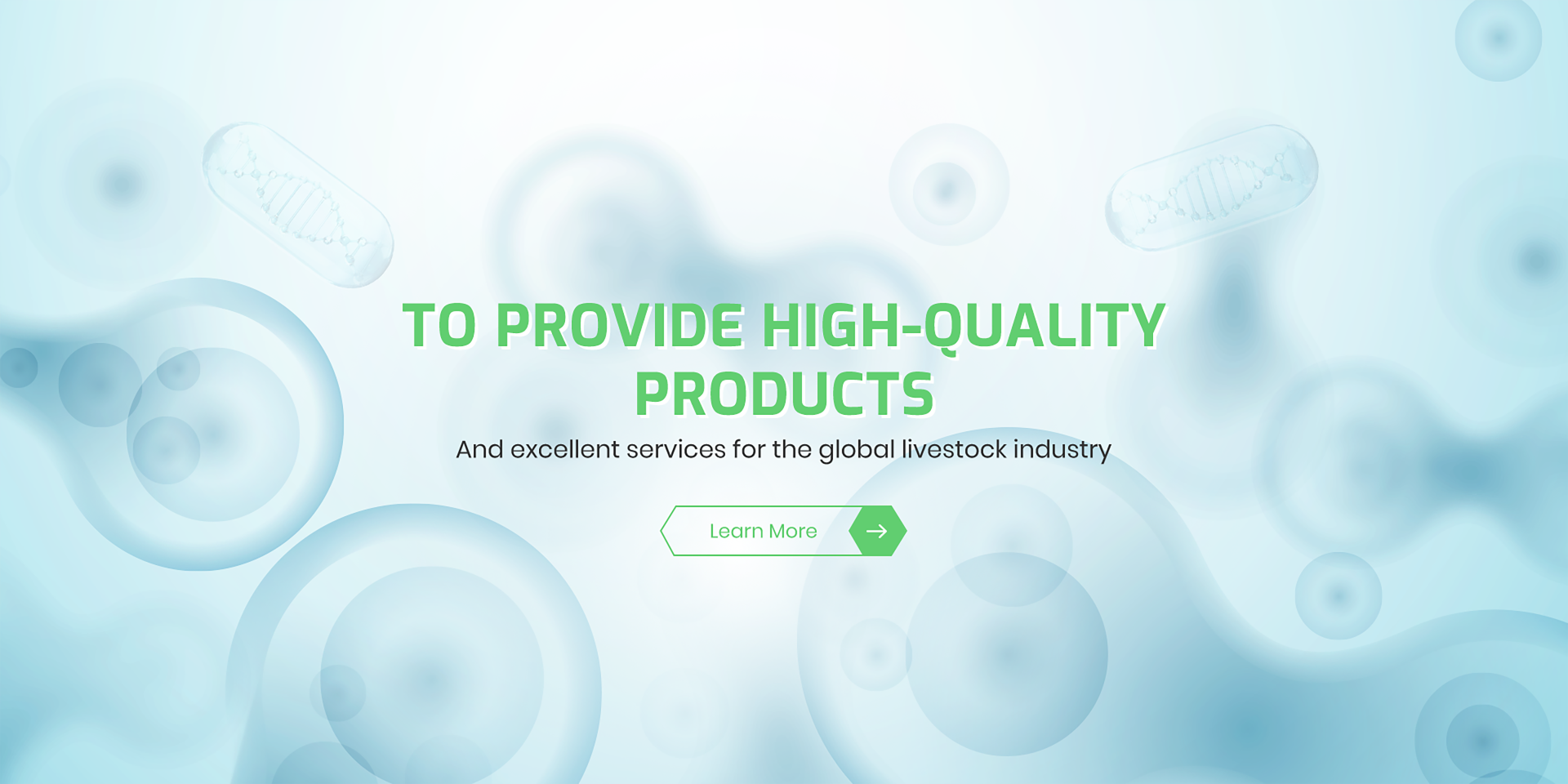- Afrikaans
- Albanian
- Amharic
- Arabic
- Armenian
- Azerbaijani
- Basque
- Belarusian
- Bengali
- Bosnian
- Bulgarian
- Catalan
- Cebuano
- Corsican
- Croatian
- Czech
- Danish
- Dutch
- English
- Esperanto
- Estonian
- Finnish
- French
- Frisian
- Galician
- Georgian
- German
- Greek
- Gujarati
- Haitian Creole
- hausa
- hawaiian
- Hebrew
- Hindi
- Miao
- Hungarian
- Icelandic
- igbo
- Indonesian
- irish
- Italian
- Japanese
- Javanese
- Kannada
- kazakh
- Khmer
- Rwandese
- Korean
- Kurdish
- Kyrgyz
- Lao
- Latin
- Latvian
- Lithuanian
- Luxembourgish
- Macedonian
- Malgashi
- Malay
- Malayalam
- Maltese
- Maori
- Marathi
- Mongolian
- Myanmar
- Nepali
- Norwegian
- Norwegian
- Occitan
- Pashto
- Persian
- Polish
- Portuguese
- Punjabi
- Romanian
- Russian
- Samoan
- Scottish Gaelic
- Serbian
- Sesotho
- Shona
- Sindhi
- Sinhala
- Slovak
- Slovenian
- Somali
- Spanish
- Sundanese
- Swahili
- Swedish
- Tagalog
- Tajik
- Tamil
- Tatar
- Telugu
- Thai
- Turkish
- Turkmen
- Ukrainian
- Urdu
- Uighur
- Uzbek
- Vietnamese
- Welsh
- Bantu
- Yiddish
- Yoruba
- Zulu
8 月 . 09, 2024 03:30 Back to list
Tylosin Dosage Guidelines for Effective Treatment in Cattle Health Management Practices
Tylosin Dose in Cattle An Overview
Tylosin is a macrolide antibiotic that is commonly used in veterinary medicine, primarily for controlling various bacterial infections in livestock, including cattle. It is widely recognized for its effectiveness against a range of gram-positive bacteria and some gram-negative organisms, making it a valuable tool in both therapeutic and preventive practices within cattle management.
Mechanism of Action
Tylosin works by inhibiting bacterial protein synthesis, thereby preventing the growth and reproduction of susceptible bacteria. It achieves this by binding to the 50S ribosomal subunit of the bacteria, interfering with their ability to translate mRNA into proteins. This unique mechanism contributes to its potency and utility in tackling infections that can adversely affect the health and productivity of cattle.
Indications for Use
In cattle, tylosin is typically indicated for the treatment of specific conditions such as pneumonia, enteritis, and other respiratory and gastrointestinal diseases caused by susceptible organisms. It is also utilized for promoting growth and improving feed efficiency, which has made it a popular choice in the beef and dairy industries. Moreover, it can be administered to prevent certain diseases in stressed or high-risk groups of animals, such as during weaning or transport.
Dosage Considerations
The recommended dosages of tylosin can vary depending on several factors, including the age and weight of the cattle, the severity of the infection, and the specific condition being treated. Generally, the dosage ranges from 10 to 20 mg per kilogram of body weight when administered orally or through injection. It is crucial for veterinarians to determine the appropriate dose based on individual animal needs to ensure both efficacy and safety.
tylosin dose in cattle

Typically, tylosin can be administered in several forms, including injection, oral powders, and premixes added to feed. The choice of administration route depends on the specific situation, and it is essential to adhere to veterinary guidance to ensure optimal outcomes.
Withdrawal Times and Safety
One key aspect of using tylosin in cattle is understanding the withdrawal times. This period is the interval that must elapse before cattle can be sent for slaughter or their milk can be used for human consumption. Failure to adhere to these guidelines can lead to antibiotic residues in meat and milk, posing health risks to consumers and potentially resulting in regulatory penalties for producers. The withdrawal time for tylosin in cattle is typically around 3 days for meat and 48 hours for milk, but these timeframes can vary, so consulting current veterinary guidelines is essential.
Resistance and Best Practices
Like all antibiotics, the use of tylosin in cattle raises concerns about the development of antibiotic resistance. To mitigate this risk, it is crucial to follow best practices for antibiotic use, including accurate dosing, proper administration techniques, and minimizing unnecessary use. Veterinary guidance should always be followed to ensure responsible antibiotic stewardship.
Conclusion
In summary, tylosin plays a significant role in the treatment and prevention of bacterial infections in cattle. Its effectiveness, combined with careful dosing and adherence to withdrawal times, can lead to improved herd health and productivity. As the livestock industry continues to evolve, the responsible use of tylosin and other antibiotics will remain critical to ensure both animal welfare and public health. Engaging with veterinarians and adhering to best practices will help cattle producers navigate the complexities of antibiotic use in today's agricultural landscape.
-
The Power of Radix Isatidis Extract for Your Health and Wellness
NewsOct.29,2024
-
Neomycin Sulfate Soluble Powder: A Versatile Solution for Pet Health
NewsOct.29,2024
-
Lincomycin Hydrochloride Soluble Powder – The Essential Solution
NewsOct.29,2024
-
Garamycin Gentamicin Sulfate for Effective Infection Control
NewsOct.29,2024
-
Doxycycline Hyclate Soluble Powder: Your Antibiotic Needs
NewsOct.29,2024
-
Tilmicosin Premix: The Ultimate Solution for Poultry Health
NewsOct.29,2024













